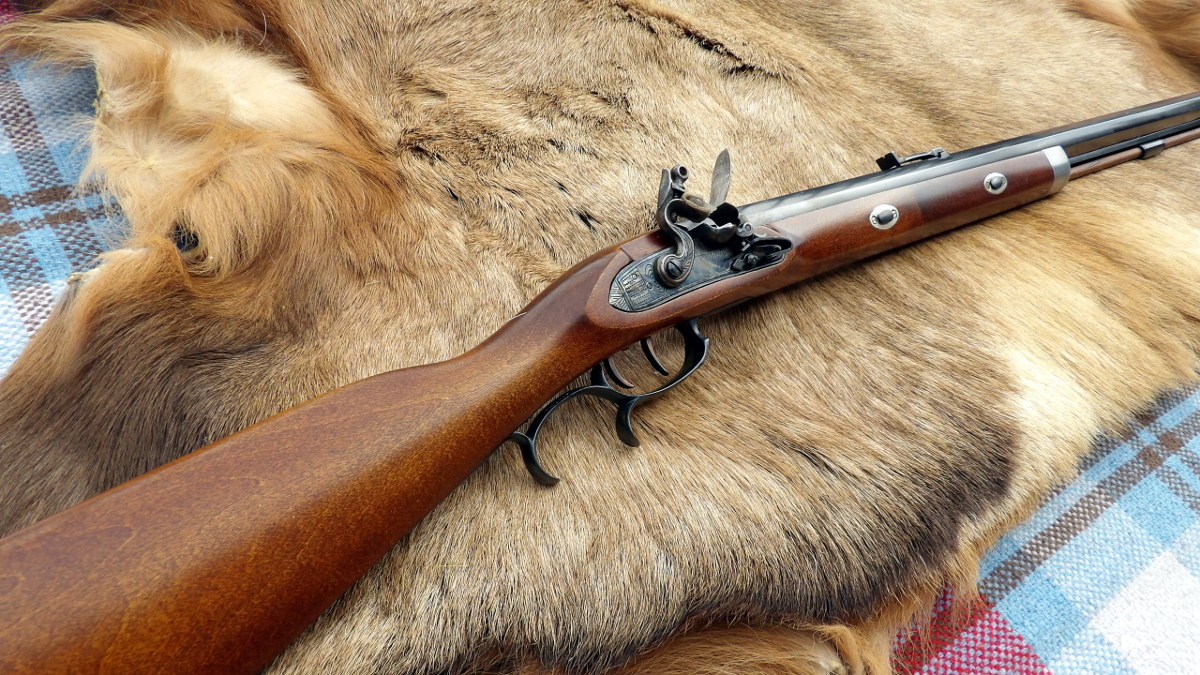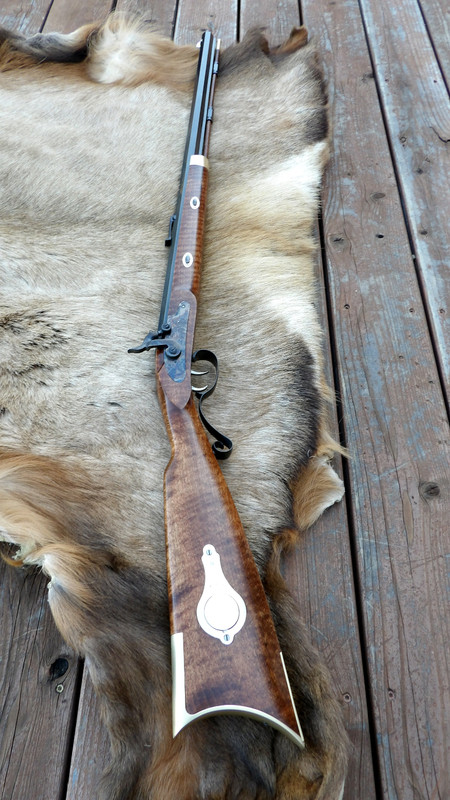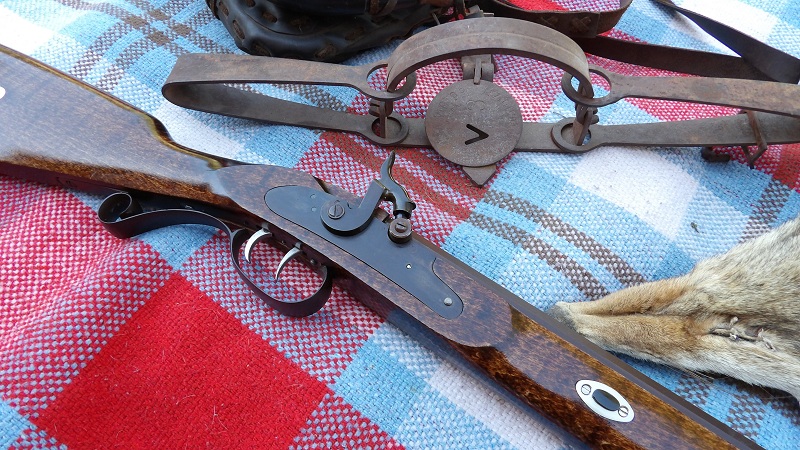For about 10-years, I was a volunteer at the F&I period (1750's) Vause Fort at Explore Park in the Blue Ridge Mountains of Virginia south of Roanoke, VA. The one paid person there was a fellow by the name of Eddie Goode. He was also a licensed contractor. His specialty was building historically correct buildings using tools of the era. He, along with his group of volunteers, built the entire fort including log and chinking 2-story main house, smoke house, bunkhouse, storage house (same size as bunkhouse) bear-proof storage, and stockade with gates around it all.
One day when I walked into the compound I found him making an axe handle, which is a pretty simple item to make. He used a draw knife to make the rough shape and then used scrapers for the final finish. He was using a shave horse to hold the limb in place while he worked on it. In surprisingly short order, he made an axe handle that felt like it had been sanded super smooth. There was none of the "washboarding" you refer to on it at all. It was super smooth.
Now bear in mind that Eddie was/is extremely skilled in period tools and construction and even made a sapling sprung lathe to make chair spokes. I was marveling at how amazingly smooth that handle was and he let me give it a try on a part of it that he had not done yet. I used his hand-held scraper, which was nothing more than about a 4" x 6" piece of thin steel with very straight edges, and I did pretty well...right up until I did that exact washboard you mentioned. Then Eddie took that same scraper and he smoothed it right out. Takes a fair amount of skill to do it right and he did it right!
Twisted_1in66

Dan










